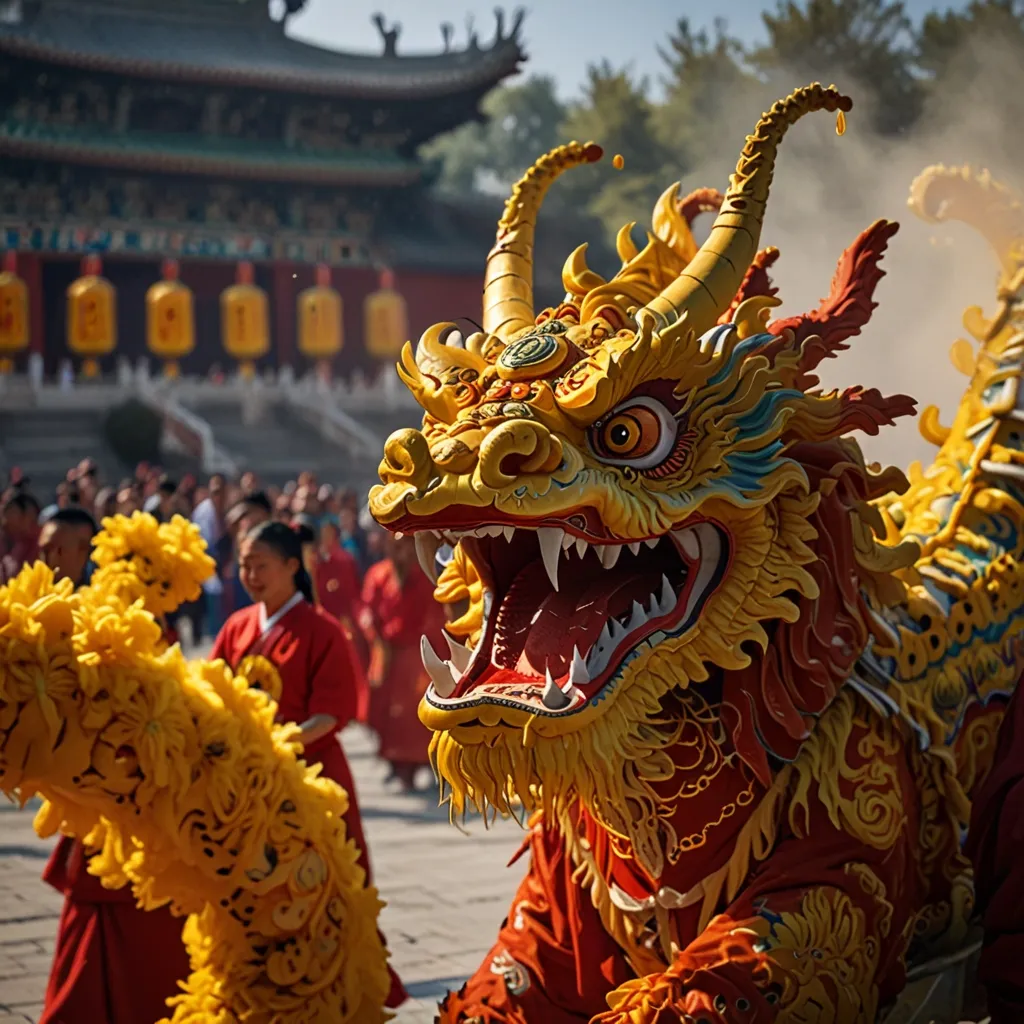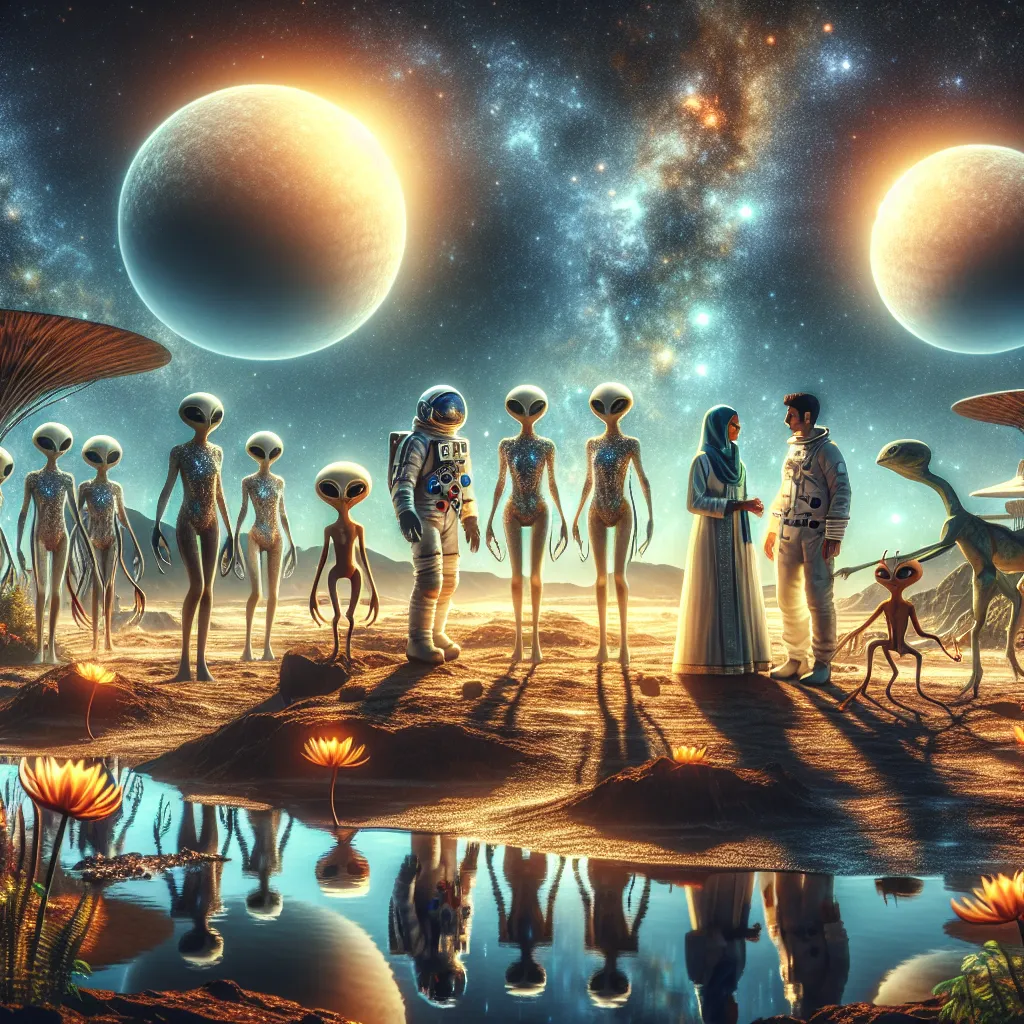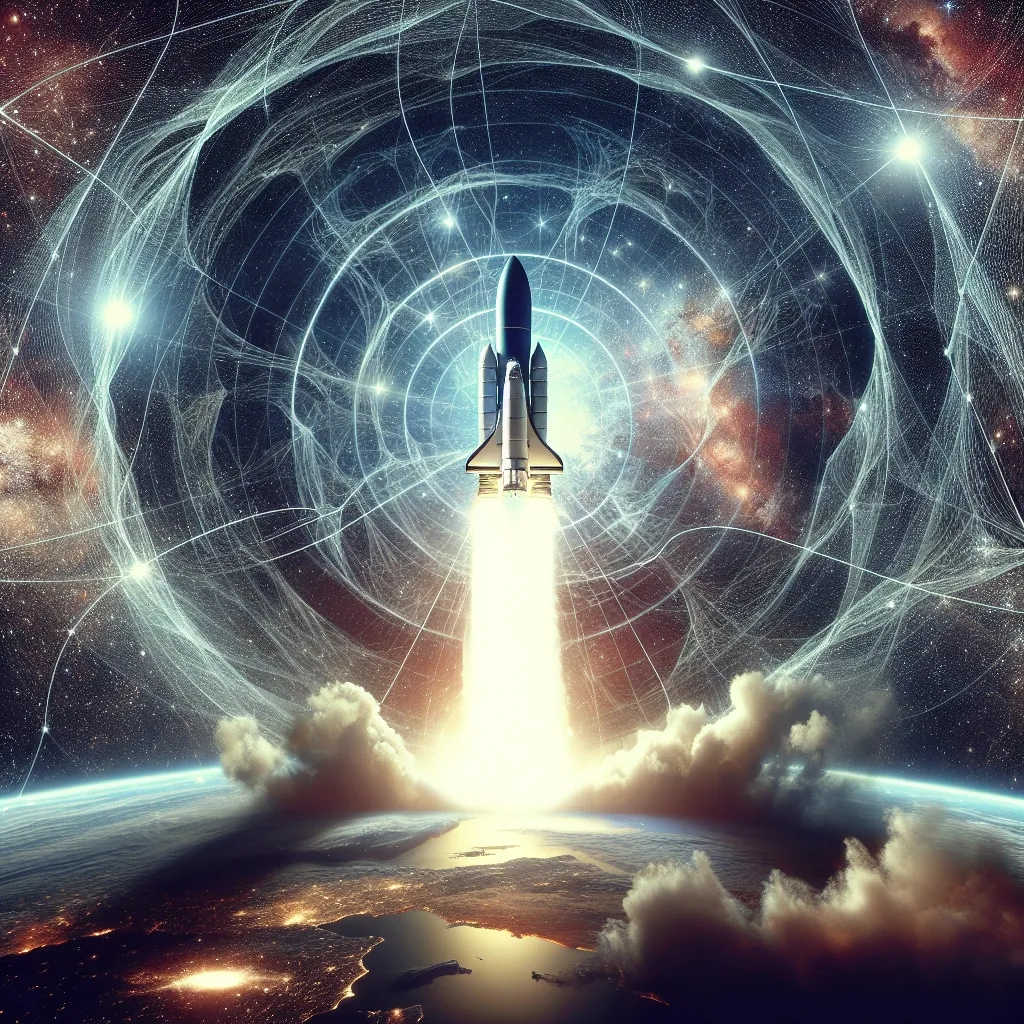Shaanxi Province, China – April 5, 2019. The sun shone brightly as around 10,000 people flocked to the ceremonial courtyard of the Mausoleum of the Yellow Emperor. It was the mesmerizing Dragon Dance, a stunning spectacle that’s been an integral part of Chinese culture for thousands of years. This dance isn’t just a show; it’s a grand tribute to the ancients, a way to connect the present with the mystical past where humans and divine beings coexisted.
The Dragon Dance is a vivid portrayal of dragons descending from the sky and returning back. In Chinese tradition, these mythical creatures have always held a special place. From the moment Chinese kids are able to grasp stories, they learn about dragons. Dragons aren’t just bedtime stories; they’re part of the Chinese soul, mingling with their history and identity.
Ancient China was a realm where humans lived side by side with gods, and these gods rode magnificent dragons. It’s no wonder then that the dragon took center stage as a sacred symbol throughout China. Fast forward to Qingming Festival in Shaanxi, and you’ll find a celebration of a significant figure. This figure is none other than the Yellow Emperor or Huangdi – the legendary ruler who is hailed as the father of all Chinese people and the founder of Chinese civilization nearly 5,000 years ago.
The Yellow Emperor, a semi-mythical character, shaped Chinese society profoundly. He’s credited with so many inventions that helped define Chinese civilization: from domesticating animals to devising the calendar and various advancements in astronomical sciences. There are captivating tales about him, one involving a magical cauldron from which a dragon emerged. Huangdi jumped onto the dragon’s back, and this magnificent creature soared up to the heavens.
For the Chinese people, Huangdi is more than a historical figure. He’s believed to be their progenitor. Many Chinese proudly refer to themselves as the descendants of the Yellow Emperor and the dragon, tying their identity deeply with these symbols. At the end of Qingming Festival, releasing the dragon into the sky symbolizes Huangdi’s ascension to the heavenly realm, where he’s believed to reside at the Pole Star, living forever among the stars.
The dragon, for many, isn’t just a mythical creature but a manifestation of something from the historical or perhaps even extraterrestrial past. The stories of dragons flying at incredible speeds and carrying superior beings couldn’t be mere figments of imagination. Such traditions and tales may stem from real encounters with extraordinary beings or objects. Some suggest that the dragons described in ancient texts might have been flying craft, something beyond the understanding of ancient people who had never seen such technology before. Imagine mistaking an advanced spacecraft for a dragon; it’s a fascinating possibility.
Ancient astronaut theorists go a step further, suggesting that Huangdi himself could have been an extraterrestrial. After all, if the dragon was a flying craft, then Huangdi hopping on the dragon’s back and flying to the sky could very well be an ancient record of an alien venturing into our world. There’s even speculation in UFO research that the dragon symbolizes an aircraft and that the wondrous land of China was graced by Huangdi’s arrival in such a vehicle.
As enchanting as it sounds, the modern world often dismisses dragon tales as pure fantasy. Yet, some researchers still hunt for physical evidence to unearth the truth behind these ancient stories. Could dragons have existed? Or were they indeed advanced extraterrestrial crafts misunderstood by ancient eyes?
Regardless of the theories, the Dragon Dance in Shaanxi remains a beautiful reminder of China’s rich history and incredible myths. It’s a celebratory link to a past filled with gods, dragons, and the legendary Yellow Emperor who, to this day, fuels the imagination and pride of the Chinese people. So, next time you watch a Dragon Dance, think beyond the colorful creature weaving through the crowd. Behind those scales lies a story; of heritage, of celestial connections, and perhaps, whispers of the cosmos.






